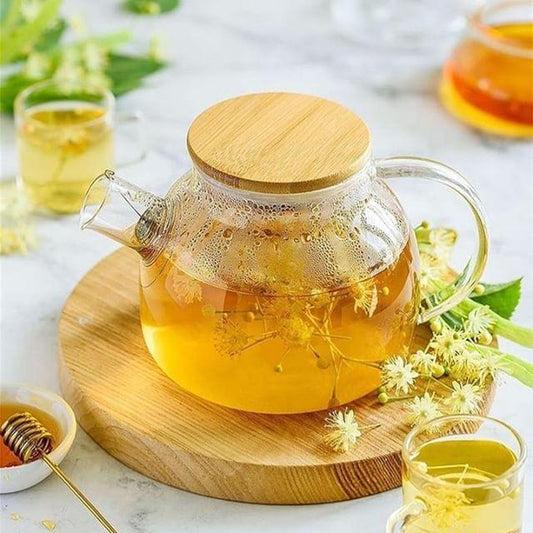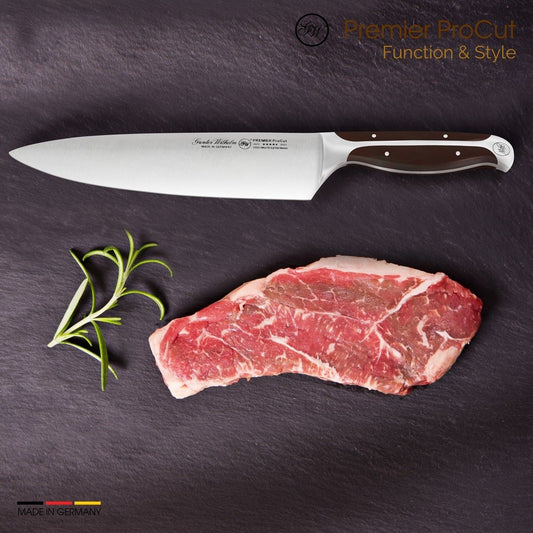Knife Skills 101: Mastering the Basics for Faster Cooking 🔪🥕💨

Ask any chef what the most important tool in the kitchen is, and they’ll all point to the same thing: a sharp knife. But having a knife is only half the battle—knowing how to use it properly is what separates a frustrated home cook from a confident one.
Mastering basic knife skills not only makes your cooking faster and more efficient, it also makes it safer and, believe it or not, more fun.
Why Knife Skills Matter ✨
-
Save Time ⏱️ – Chopping veggies or trimming meat becomes quicker when you’re confident with your cuts.
-
Stay Safe 🛡️ – Believe it or not, a sharp knife in trained hands is safer than a dull one that slips.
-
Even Cooking 🍲 – Uniform pieces cook at the same rate, so nothing ends up undercooked or burnt.
-
Look Like a Pro 👨🍳 – A well-prepped mise en place isn’t just Instagram-worthy—it makes cooking a breeze.
Essential Knives You Need 🧰
You don’t need a drawer full of blades—just these three basics:
-
Chef’s Knife (8–10 inch) – Your kitchen workhorse for chopping, slicing, and dicing.
-
Paring Knife (3–4 inch) – Great for small, delicate tasks like peeling or trimming.
-
Serrated Knife – Perfect for slicing bread, tomatoes, and anything with a tough exterior and soft interior.
Basic Knife Grips to Know ✋🔪
The Pinch Grip
-
Hold the blade (not the handle!) between your thumb and the side of your index finger.
-
Wrap your other fingers around the handle.
-
Gives better control and balance.
The Claw Grip
-
On your guiding hand (the one holding the food), curl your fingers inward.
-
Your knuckles guide the blade while your fingertips stay safely tucked.
Common Cuts You Should Master 📏🥬
-
Chop – Quick, rough cuts. Great for herbs or quick-prep veggies.
-
Dice – Small, even cubes. Use for onions, carrots, potatoes.
-
Julienne – Thin matchstick-like strips. Often used for salads and stir-fries.
-
Mince – Super-fine chopping. Think garlic or fresh herbs.
-
Slice – Simple, even cuts across the food. Good for tomatoes, cucumbers, or meats.
Pro Tips for Speed and Safety 🚀🛡️
-
Keep It Sharp – Dull knives are dangerous and slow. Hone often, sharpen regularly.
-
Cut on a Stable Surface – Use a damp towel under your cutting board to keep it from sliding.
-
Let the Knife Do the Work – Glide the blade with a rocking motion. Don’t just press down.
-
Practice with Softer Foods First – Start with zucchini, mushrooms, or strawberries before tackling root vegetables.
Bonus: Quick Onion Dice Without Tears 🧅😭➡️😎
-
Cut the onion in half lengthwise, peel it.
-
Make horizontal cuts toward the root.
-
Make vertical cuts down toward the cutting board.
-
Slice across those lines to create perfect, tiny dice.
Pro move? Chill the onion in the fridge before cutting to reduce tear-inducing vapors.
Final Thoughts: A Sharp Skill for a Smoother Kitchen 🧠🍽️
You don’t need to be a Michelin-starred chef to slice like one. With a little practice and the right technique, you can cut your prep time in half, boost your cooking confidence, and make meals feel less like a chore and more like a craft.
So grab your chef’s knife, find your rhythm, and start chopping like a pro.
Share:





